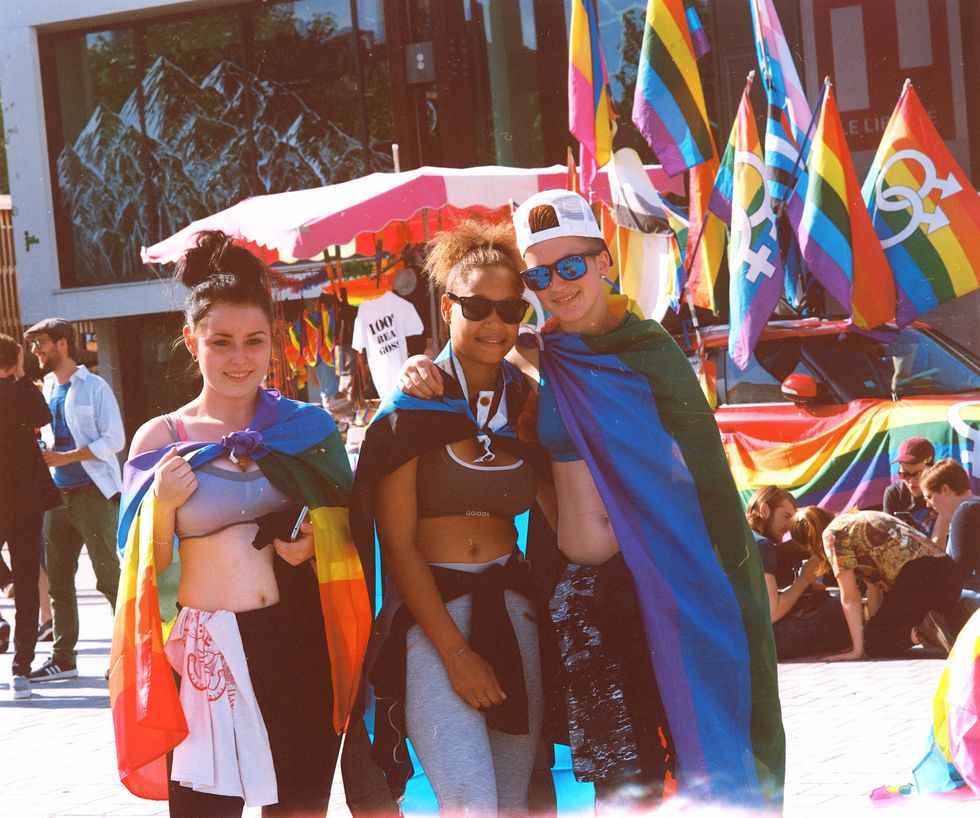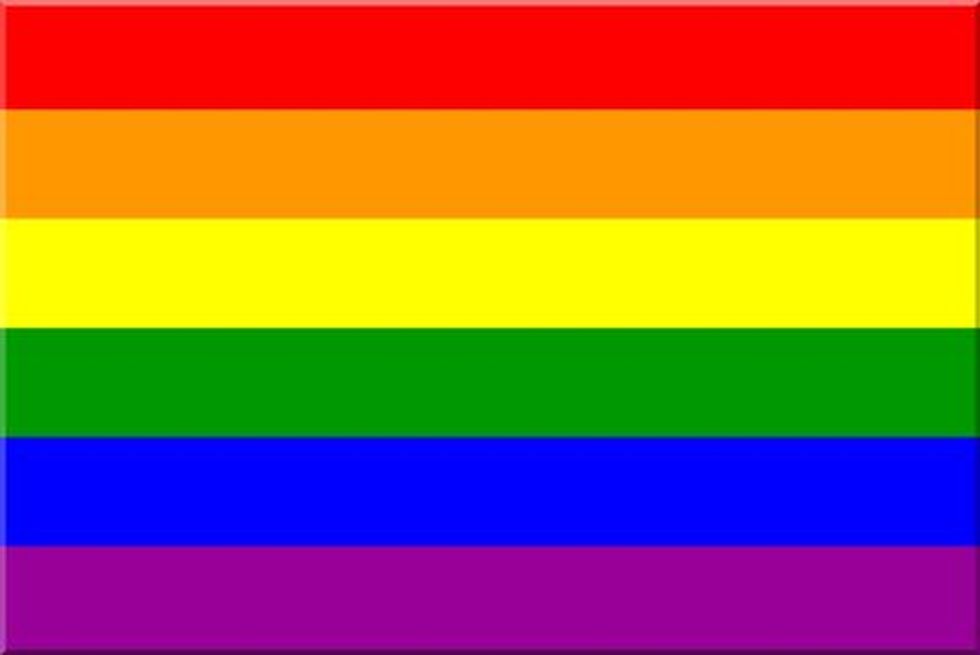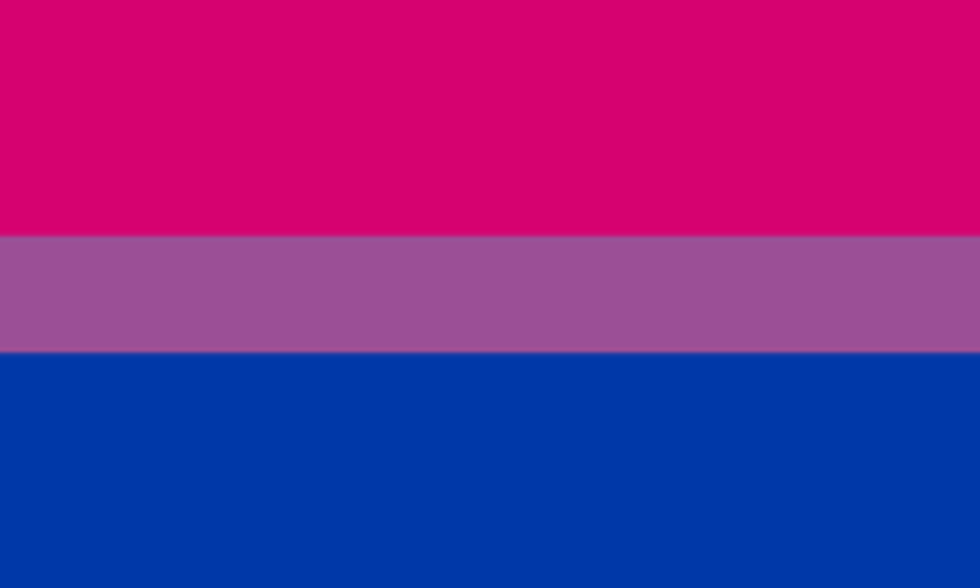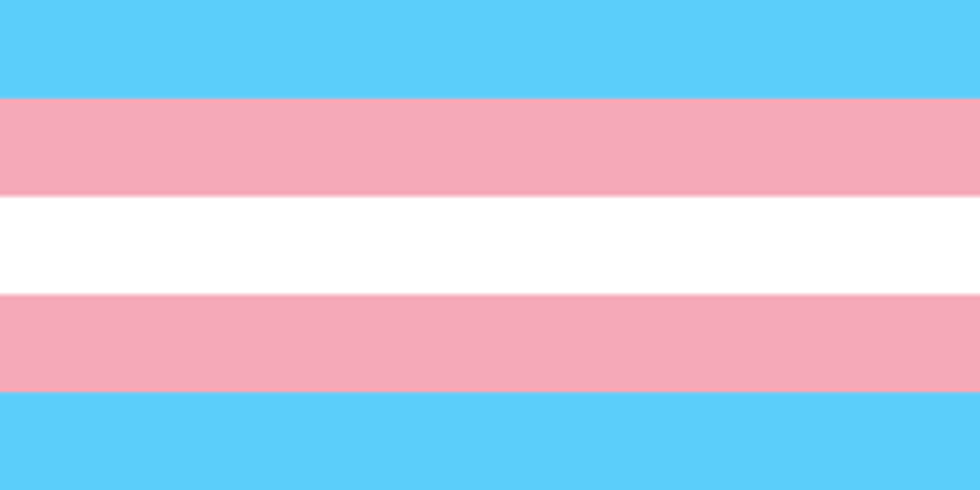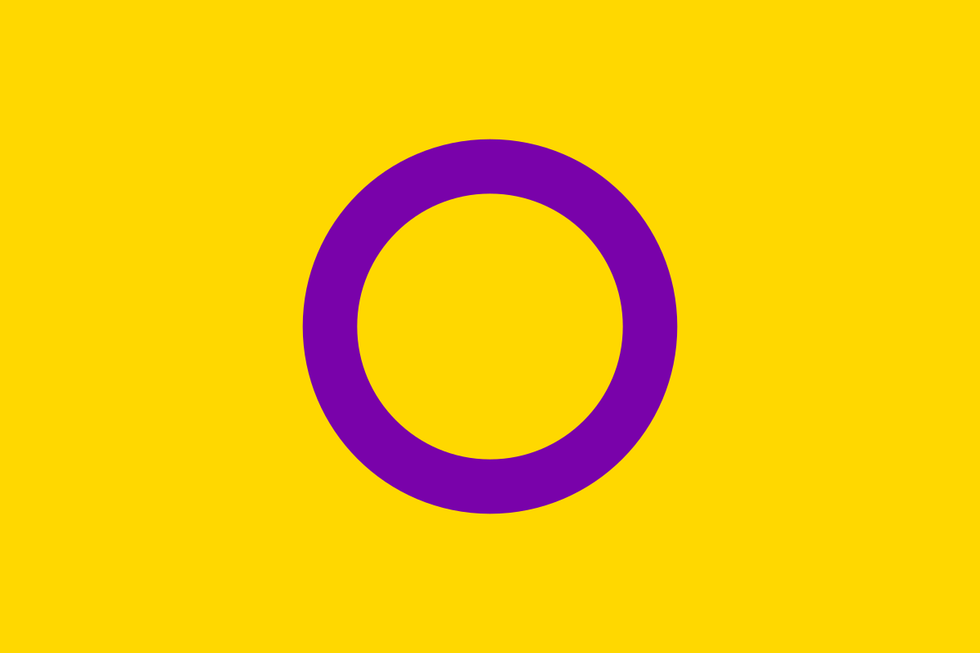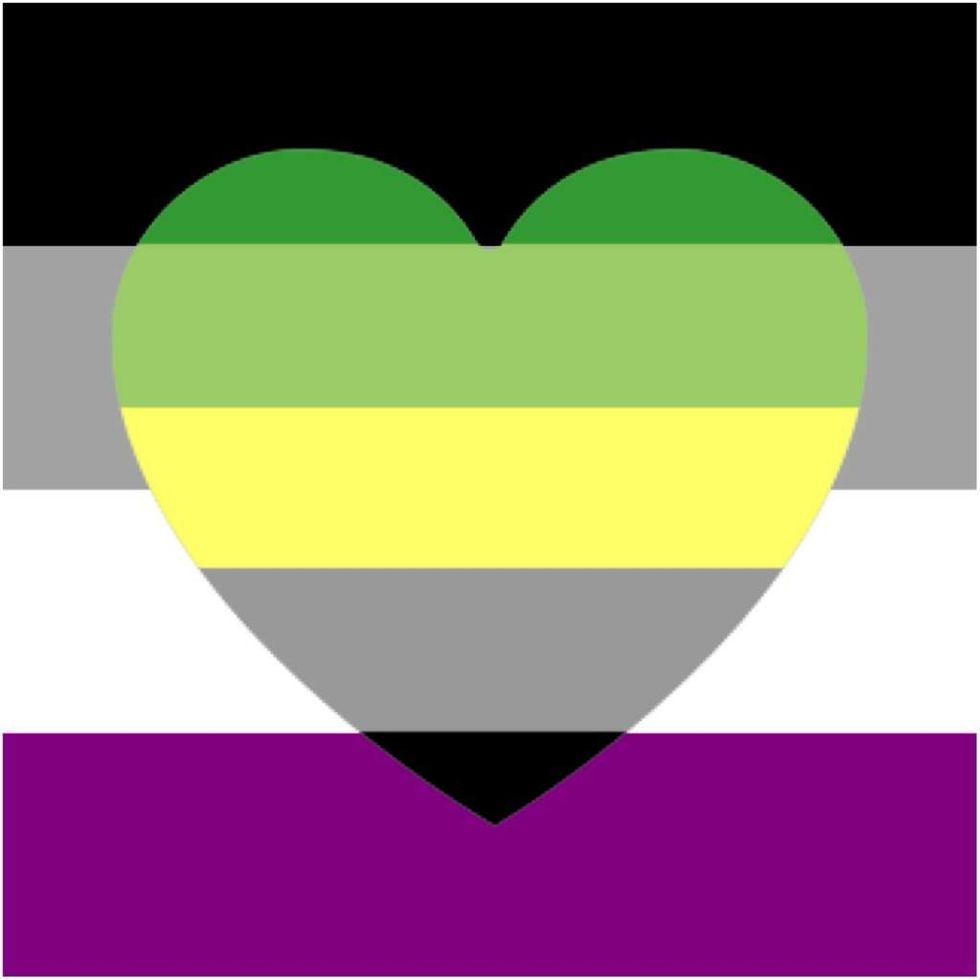This pride month, I'm gonna be writing plenty of articles about the LGBT+ community! But before I do all that writing, I figure that I should really elucidate what each of the letters means. If you're not a part of the community, it can be confusing. So here's what the eight big letters in LGBTQIAP mean!
L: Lesbian and G: Gay
The L and the G in LGBTQIAP stand for Lesbian and Gay respectively. These are easily the most well-known terms, but I'll break them down. These terms both indicate same-sex or sometimes same-gender attraction and exclusively same-sex or same-gender attraction. Some homosexual people like people who present as the same gender as they are, some homosexual people prefer people who are the same sex as they are. This can be fluid and is totally up to the person's identification! But overall, lesbians are attracted to other women, and gay men are attracted to other men.
B: Bisexual
Bisexual people are attracted to both men and women, and according to some definitions, everyone in between! The pink on the flag tends to represent women, the blue tends to represent men, and the purple is said to represent anyone in between. However, whether someone believes that bisexuality means attraction to men and women or attraction to anyone, regardless of gender, depends on the bisexual person and what label they feel most comfortable with!
T: Transgender
Transgender people are people whose gender identity doesn't match the sex they were born as. Sex is defined as the chromosomes or genitals people have--i.e. if your sex is male, you have an x and a y chromosome, as well as a penis. Gender is defined as the conformity to the social and mental constructs that influence expression. For example, people who identify as male tend to prefer stereotypically "male" things, tend to want to look masculine, and overall prefer to be closer to what society thinks a man is. Some transgender people want to fully transition to the opposite sex so that their sex can match their gender identity. Others simply present as the other gender, without a full sex change. Gender expression is completely fluid since gender is a spectrum, but ultimately, again, identifying as transgender is up to the person who feels as though that label fits them!
Q: Queer/Questioning
The Q in LGBTQIAP+ can have multiple different meanings--it can either mean questioning or queer. Questioning refers to anyone who believes that they might not be straight but are trying to figure out what label best fits them. Queer can be used as a blanket term for everyone in the LGBTQIAP+ spectrum--it essentially means "not straight." However, it's worth noting that because queer has been used as a slur previously, some LGBTQIAP+ people are not comfortable with being referred to as "queer." As such, be careful with using the term to refer to someone if you don't know that they're comfortable with it.
I: Intersex
Intersex means that someone's reproductive anatomy or chromosomes don't fit the particular definition of "male" or "female." Many different conditions exist where chromosomes don't work the way they're meant to, meaning that intersex people just don't fit into traditional gender roles or gender expression.
A: Asexual/Aromantic
The A in LGBTQIAP+ stands for the asexual or aromantic spectrum! This can include a variety of sexualities or romantic orientations such as demisexual, demiromantic, grey-asexual, or grey-aromantic. But essentially, asexual people do not experience sexual attraction like everyone else does. Asexual people don't experience sexual attraction to any person of any sex or gender. Demisexual people only experience sexual attraction to people who they've forged a strong emotional connection with. Grey-asexual people only experience sexual attraction on some occasions, without a pattern. Romantic orientations follow those same paths.
P: Pansexual/Polyamorous
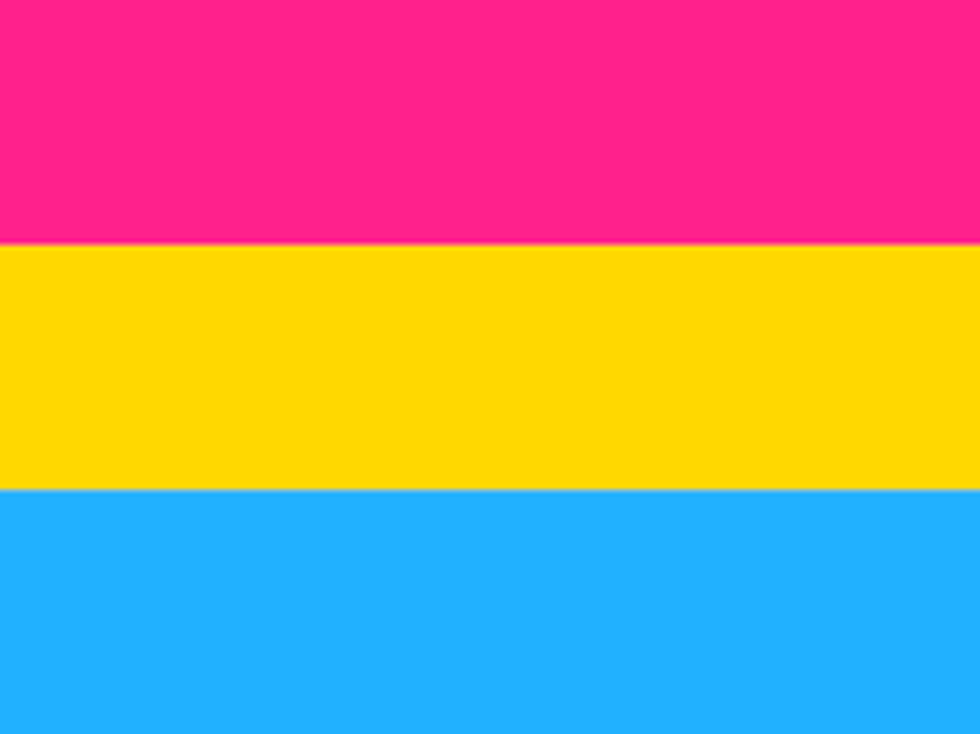
Polyamorous people enjoy relationships with more than one person, romantic or sexual. In a polyamorous relationship, everyone in the relationship knows each other, and all consent to be in a relationship with multiple people.
+: And wait, there's more!
Plenty of people don't fall into these labels, and have others that they prefer. All of that is totally okay! The LGBTQIAP+ community is inclusive to all those who don't experience conventional heterosexual, heteroromantic attraction, or a conventional relationship between sex and gender. So if your orientation isn't on this list, that doesn't make you any less valid! Hopefully this helps people understand what others mean when they talk about how they identify!

